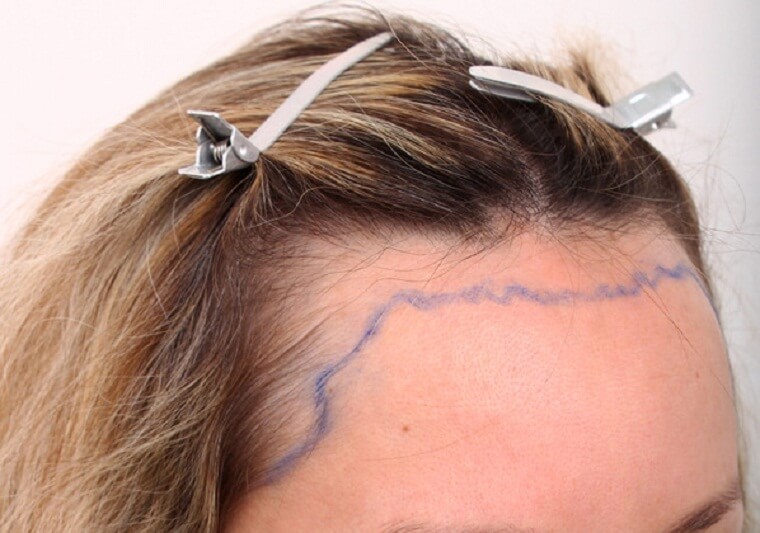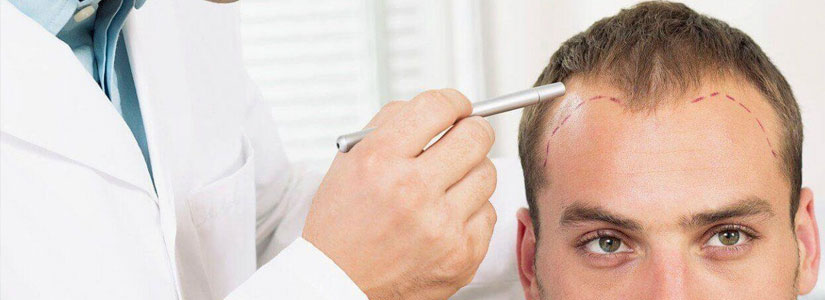Top 10 Frequently Asked Questions about Hair Transplant
April 10, 2013

Like good health and youth, most of us value a thick and full head of hair only after it is gone. Hair loss is a common problem in both men and women but the former are more prone to baldness, courtesy their genetic makeup. Boys as young as in their late teens are seeking hairline restoration surgeries. Are you also planning to go under the knife to restore a youthful head of hair? It is important that you familiarize yourself with the procedure and get a fair idea of expenditures that you have to bear in a bid to restore the appearance of a full, or at least a fuller, head of hair.
Introduced somewhere in the mid of last century, surgical hair restoration involves harvesting healthy, baldness resistant hair follicles from the back or sides of the head and transplanting them in the hairline to help an individual restore a youthful appearance.
Hairline restoration, commonly known as the hair transplant surgery, is usually performed in the doctor’s office under local anesthesia. Two techniques are used for donor harvesting: Follicular Unit Transplant (FUT) and the Follicular Unit Extraction (FUE). The former is a traditional hair transplant also known as strip removal method. It involves cutting a linear strip of skin from the donor area, which is further dissected under stereo microscope to separate follicular grafts for transplantation. FUE, on the other hand, harvests hair follicles individually from the donor site, using a specially designed punch tool.
The surgeon starts by cleaning and shaving the donor area. Local anesthesia is then administered to the donor area from where grafts are harvested using one of the above mentioned techniques. The next step is graft preparation, where the extracted grafts are trimmed under powerful microscopes to obtain follicular units of desired size. After the grafts are prepared, local anesthesia is administered to the hairline to numb it. The surgeon then creates tiny holes or slits using a scalpel or needle. The prepared grafts are then carefully placed in these holes one by one to complete hairline restoration surgery.
Depending on the number of grafts to be transplanted, a hair transplant surgery can take anywhere between 4 to 8 hours to complete. Immediately after the procedure, your scalp will be sore and tender. Start using prescription medicines immediately afterwards to avoid post-procedural discomfort. Cold compressions also help relieve pain and swelling, but avoid exerting too much pressure, or you may end up dislodging the freshly transplanted follicles. Follow your surgeon’s post-op instructions carefully if you want to recover quickly and uneventfully. Most people are able to return work two to five days after the surgery, but this can vary from person to person.
The transplanted hairs will fall out within 3 to 4 weeks after transplantation. Sometimes existing hair around the treated areas also shed, a condition called shock loss. But this should not panic you as new hair will start growing within a few months. Generally 60% of hair growth can be seen after six to eight months, but this again varies from person to person. It takes 12 to 18 months before full results are seen.
There is no fixed cost for hairline restoration. It varies widely from person to person depending on the extent of hair loss. A barely notable hairline recession will obviously cost you less than correcting a prominent “M-shaped” pattern loss. The cost of surgery also varies as you move from one surgeon to another. A highly skilled hair transplant surgeon with several years of experience will charge you more as compared to a novice or less known physician.
Schedule a Free Consultation:
For customized advice on hairline restoration surgery and its cost, fill the form below and earn a FREE CONSULTATION with our hair transplant experts.
Dr. Cagatay Sezgin is a celebrity hair transplant surgeon with over 20 years of experience in hair transplantation and restoration. He is the First Turkish Board Surgeon to become a member of the International Society of Hair Restoration Surgery (ISHRS) and the Asian Association of Hair Transplant Surgeons (AAHRS). Moreover, he has the honor of becoming the first hair transplant surgeon in the world to perform hair, eyebrow, and beard transplantation all in one case and that too in a single session.

April 10, 2013

February 25, 2017